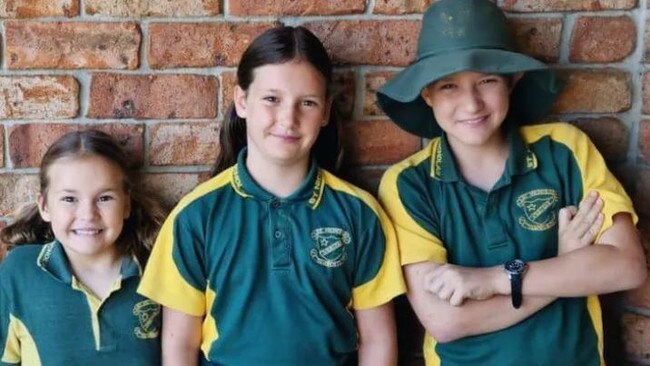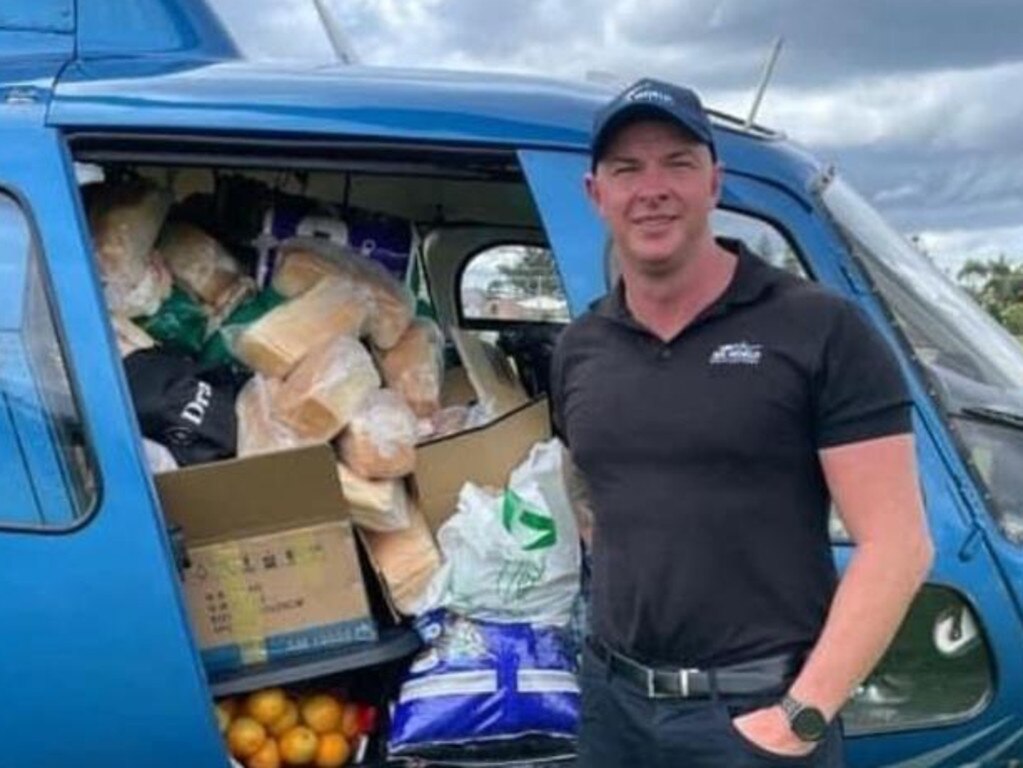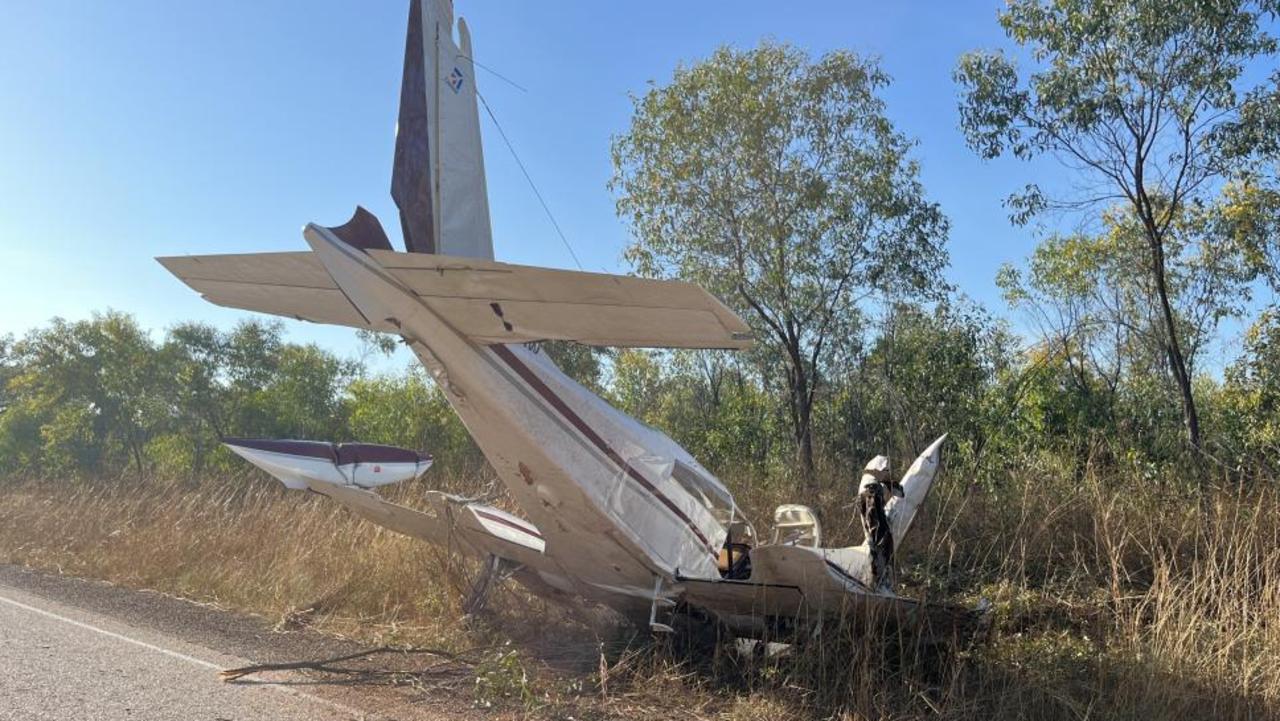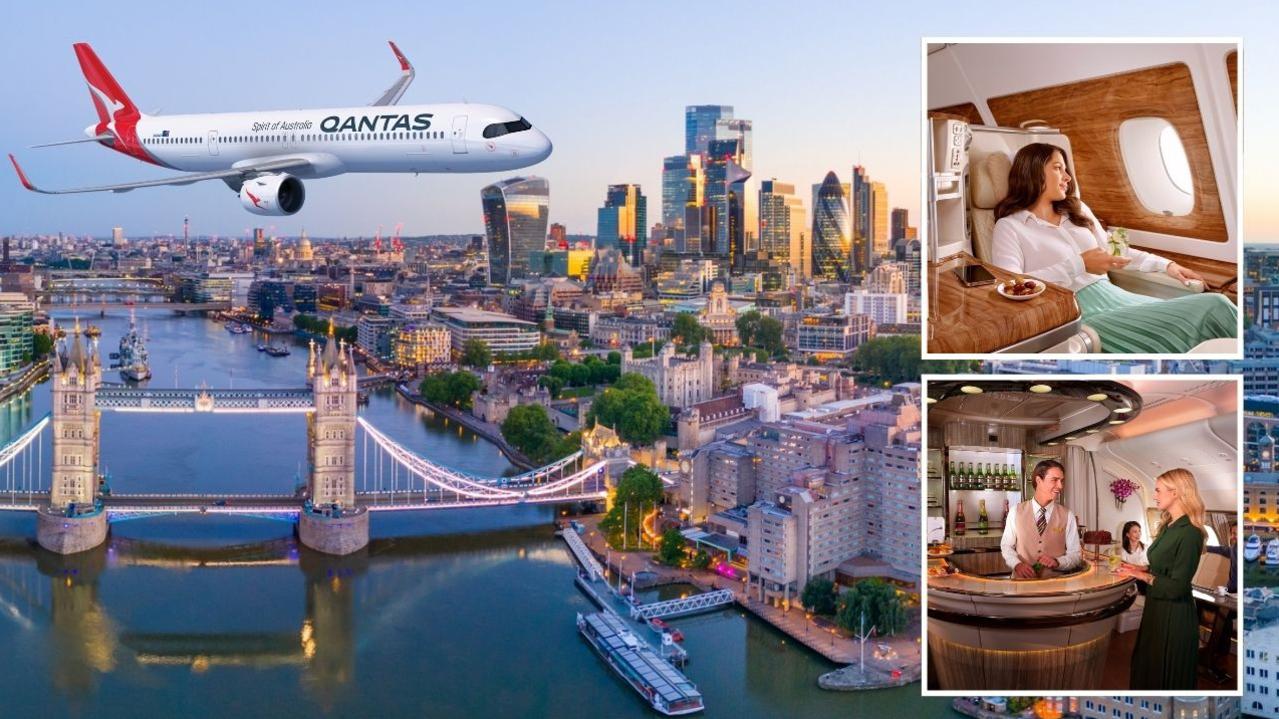Plane crashes at 17-year low in Australia, says ATSB
Light plane crashes seem to happen far too often in Australia, but new data shows aviation has in fact had its best year since 2006.

Aviation accidents in Australia fell to their lowest level in 17-years in 2023, despite a number of shocking crashes, including three mid-air collisions.
Data provided by the Australian Transport Safety Bureau showed there were 139 accidents reported last year, the lowest since 2006, and well down on the 10-year average of 209 a year.
They included 19 fatal accidents, compared to an average of 21 a year, resulting in 33 deaths – slightly above the ten-year average of 30.5 a year.
ATSB chief commissioner Angus Mitchell said tragically several crashes involved multiple fatalities, but the increase in lives lost was “statistically irrelevant”.
However, he said much work was being done by the ATSB and other agencies to look at the causes of those crashes, to try to learn from any mistakes made.
Of particular concern was the spate of mid-air crashes with three occurring in 2023, and one in late 2022, claiming a total of ten lives.
“A year ago, I would’ve said mid-air collisions were exceedingly rare but since that time we’ve had a number, Sea World being the most high profile, so that is something we put a lot of work into,” said Mr Mitchell.
He said a “visibility study” was currently underway into the Sea World crash that killed four people when two helicopters collided as one took off and another descended for landing on January 2, 2023.
“There’s a whole range of things that would’ve potentially influenced visibility — the helicopters were at difference altitudes, each of the pilots was in the left seat which is not necessarily the standard plus we had passengers there, and we had pilots wearing caps,” Mr Mitchell said.
“With every investigation we do, we’re not just trying to determine what occurred — it’s to understand all the things that failed in order for a catastrophic outcome so that we know how best to make recommendations.”

The Sea World tragedy was the one commercial air transport crash in 2023 with general aviation accounting for the lion’s share of accidents with nine fatal crashes and 17 lives lost.
The worst of these was a light plane crash outside Canberra on October 6, that killed pilot Peter Nally and his three grandchildren.
Wirestrikes were another area of concern for the ATSB after four fatal incidents in 2023, compared to the ten-year average of 1.1 a year.
The spike prompted a safety campaign by the ATSB in partnership with the Aerial Application Association of Australia, highlighting that in 63 per cent of wirestrikes the pilot was aware of the position of the wire before they struck it.
“What we’ve tried to emphasise is that pre-flight planning is critical and pilots cannot rely on their ability to react in time to avoid a wire,” Mr Mitchell said.
“Rather, they need to make sure they’re not putting themselves in the same airspace as a wire because wires don’t just appear — they were there before the flight took off, so it’s around making sure you’ve done all the pre-flight preparation.”
He said property owners also had a responsibility to be “very proactive in making sure others understood the risks that may be on their particular property before any low-level flying operations”.
Ballooning and aerial firefighting were also the subject of an ATSB “safety watch” given serious incidents in both sectors in recent years
Mr Mitchell said they had seen a substantial increase in risks related to ballooning, compared to other passenger-carrying operations.
“As part of the safety study we look at benchmarking it to international standards, and make recommendations,” he said.
To date, 2024 has seen three lives lost in two crashes, and ten people escape significant injury in a third serious crash.
David Briffa, 69, and Armin Sickinger, 82 were killed when a recreational aircraft collided with terrain near Boonah on January 14, and a 16-year-old pilot died near Camden Airport in Sydney on January 24.
Conversely, nine passengers and the pilot survived a light plane crash on Lizard Island on January 8. The ATSB is investigating.







To join the conversation, please log in. Don't have an account? Register
Join the conversation, you are commenting as Logout